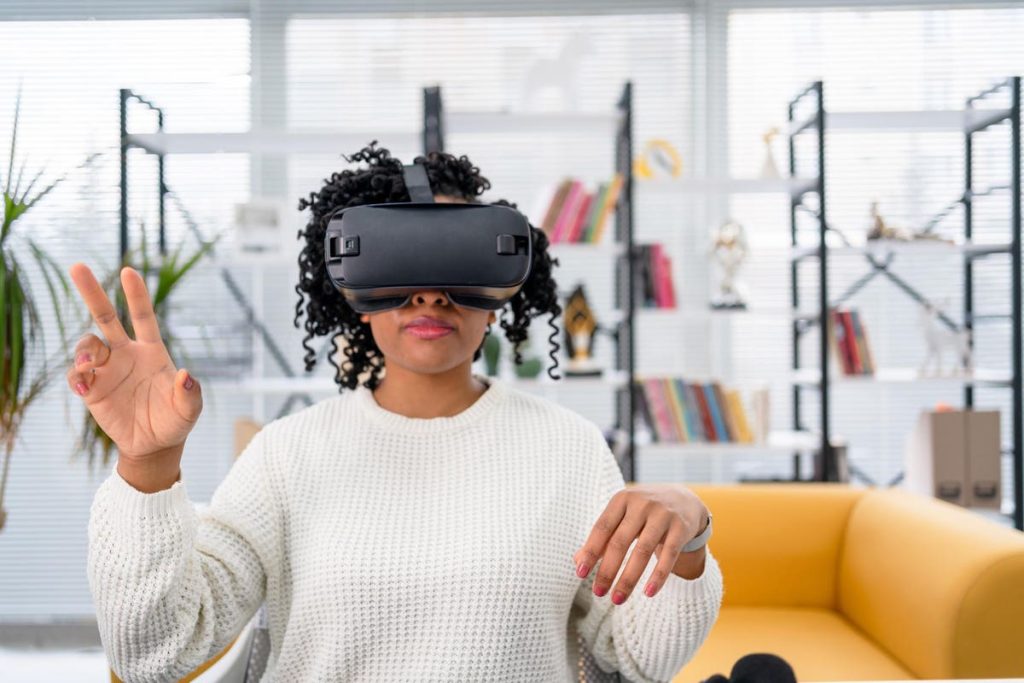Jason is the CEO of Sozo Labs, focussing on building VR and immersive apps that deliver real business value for their customers.
With the blistering pace of technology development and consistently shifting market conditions, leading organizations today realize that learning isn’t a stand-alone function but a strategic part of the business.
In reality, 70% of the learning and development is happening on the job through trial and error. This is because experiential learning is the most effective way to learn. Like learning to ride a bike, it bridges the gap between theory and practice through an engaged learning process where we “learn by doing” and, as a result, have a far richer experience and retain more knowledge. And in my experience, having started to ride a mountain bike again after a 15-year hiatus, things we learn experientially stay with us.
The Challenge With Experiential Learning
The main challenge I see with experiential learning is how it can be difficult and expensive to scale. It requires expert trainers, mentors and often specialized equipment. On the other hand, highly scalable learning, such as e-learning may be more cost-effective but suffers from sub-par completion rates, low knowledge retention rates and high memory drop-off rates (with up to 50% knowledge lost in the first 24 hours).
Role-playing and mentoring are some of the ways that businesses might implement experiential learning, but these can lack safety and confidence building.
How Immersive Technologies Can Help
This is where immersive technologies, such as virtual reality (VR) can help businesses achieve learning safely, at scale, with real-time feedback and significant long-term results.
VR creates 3D digital worlds and experiences that replicate real-world challenges and tasks we encounter wherever we do our day-to-day jobs. Because VR is immersive and interactive, it can radically increase our emotional connection to the content we are learning, which in turn can improve knowledge retention, increase productivity and speed up learning.
While VR brings considerable benefits to learning initiatives, replacing any current learning with all-new VR-only learning might be throwing the baby out with the virtual bath water. Adding actionable applied learning on top of conventional learning enhances the learning outcomes without the need to replace existing solutions and incur high costs. When linked to actual business outcomes, this combination of learning can create a huge impact.
Best Practices When Implementing VR
If you are considering adopting VR, it’s essential to start with why. VR is a technology that invokes awe and wonder, but with great power comes great responsibility.
As mentioned above, learning must be a strategic part of the business. When I speak to companies looking to explore VR, I start by understanding where the pain points or opportunities are. Then I try to understand if VR can benefit those pain points or opportunities.
This can be through impact or scale. The impact is the way in which VR can be used to achieve measurably better outcomes like process efficiencies, increased sales and improved customer experience. Scale works if training or a process can be replicated more cost-effectively using VR. At the end of the day, there must be a clear, measurable and material benefit to the organization.
I have seen too many VR projects implemented to great fanfare that died a quiet death because they were too onerous or didn’t really solve a problem. Be wary of replacing traditional learning with VR experiences. This often shows up as “immersive 360 videos,” but if you are a passive learner sitting in front of a PC watching a video versus a passive learner wearing a VR headset watching a 360 video, the only benefit you get is fewer distractions by wearing the VR headset. VR learning shines when it becomes interactive (or experiential).
VR is an excellent tool for reducing risk and building mastery. This can be anything from learning how to work safely with dangerous chemicals, machines or environments (such as heights) to adopting new soft skills by practicing without anxiety and judgment.
Increased Accessibility And Improvements
VR has reached a point where the technology is accessible, cost-effective and has a well-defined place in the business learning landscape. And with AI (artificial intelligence) becoming increasingly accessible, the combined power of VR and AI will likely take this further, offering ways to radically improve how we learn through immersive tech.
From immersive, just-in-time micro-learning experiences to deep digital twin experiences that can blur the lines between the real world and virtual experiences, technology is rapidly reshaping our organizations. Because of this, I don’t see VR going anywhere. This tool has a place in business today and can bring substantial cost savings or competitive advantage when applied properly.
Forbes Business Council is the foremost growth and networking organization for business owners and leaders. Do I qualify?
Read the full article here










